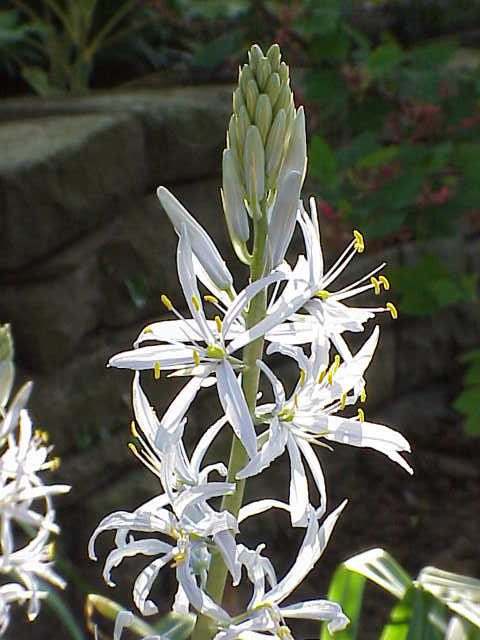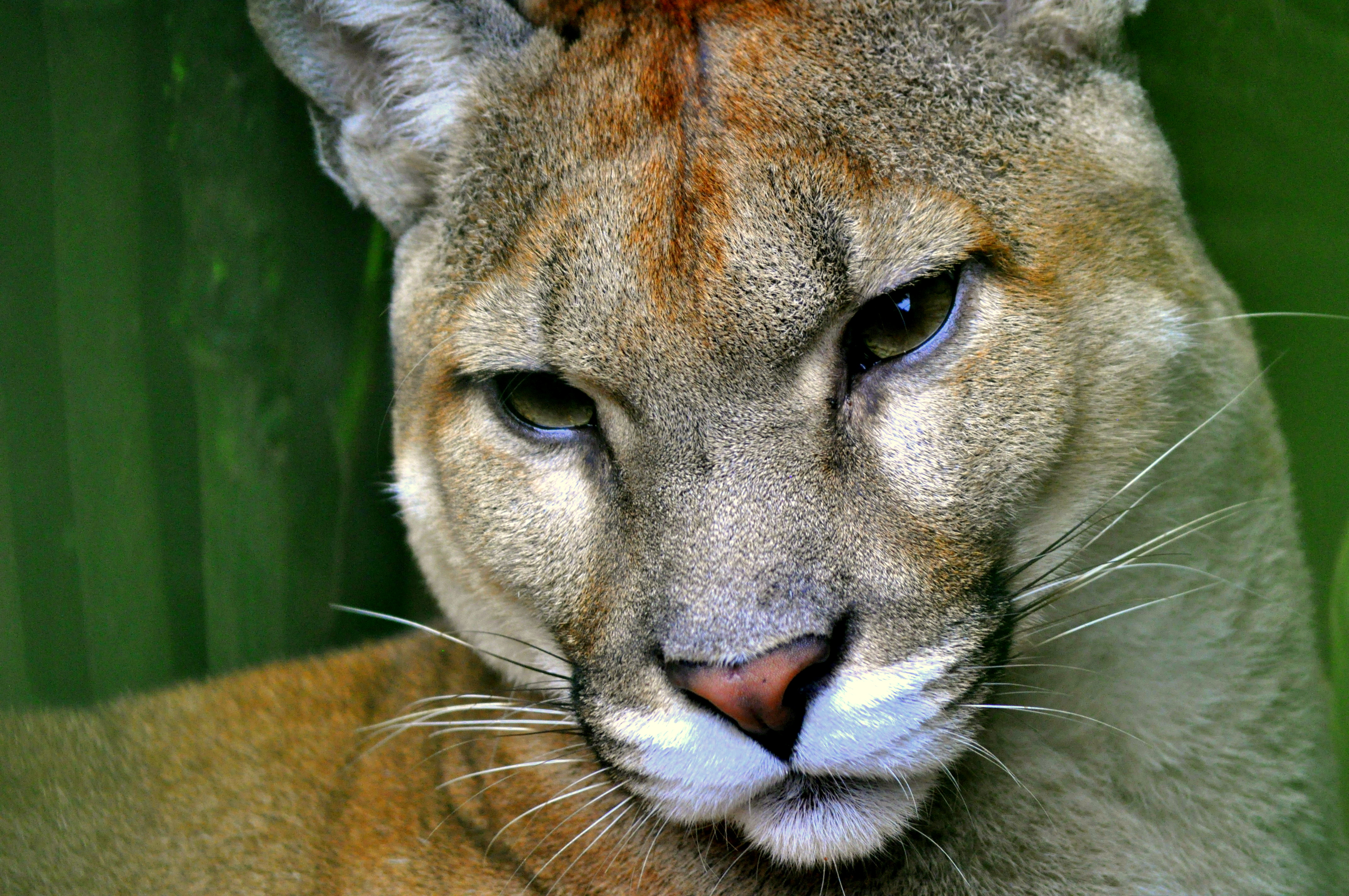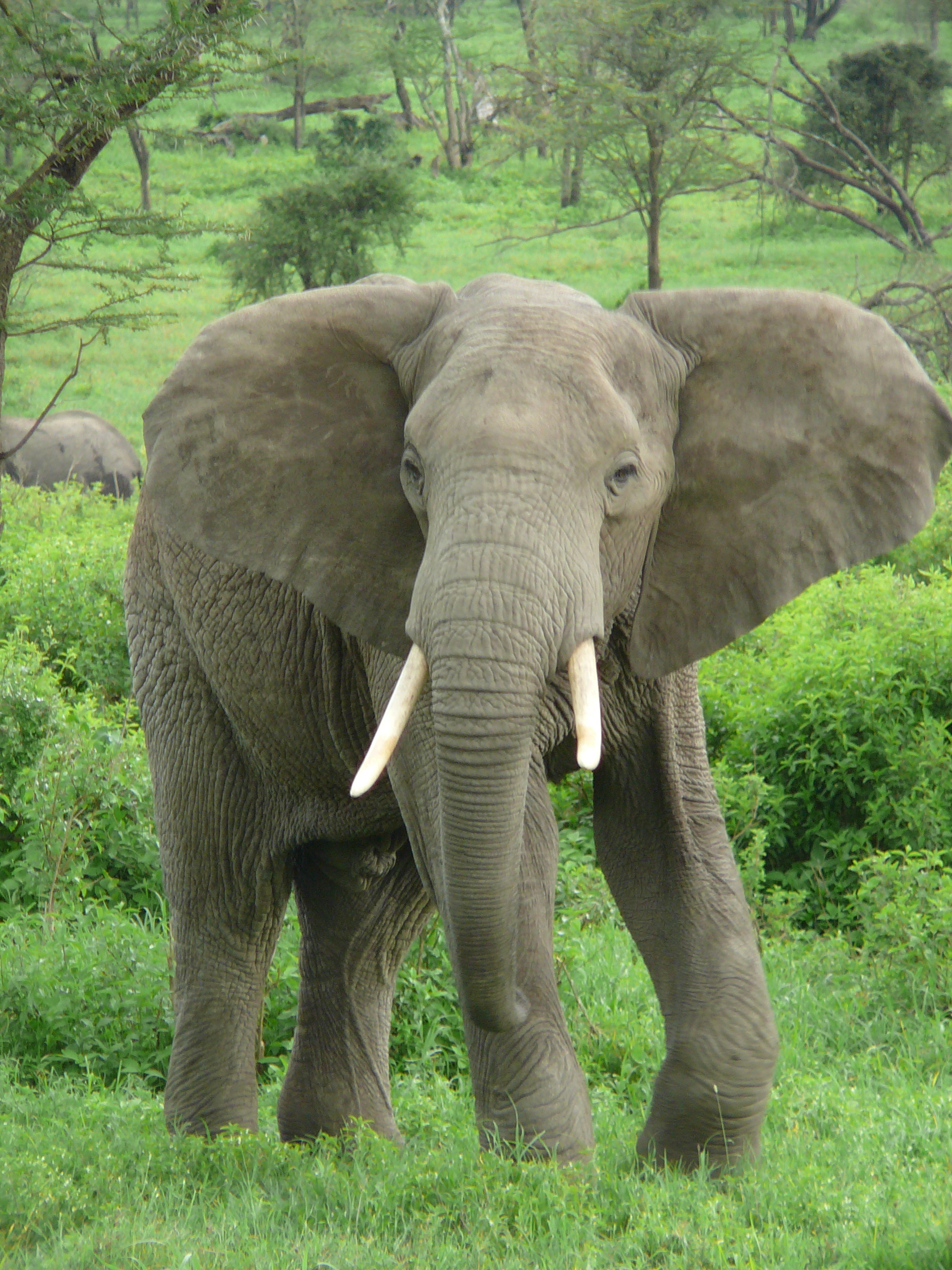|
Caribou–Targhee National Forest
Caribou–Targhee National Forest is located in the states of Idaho and Wyoming, with a small section in Utah in the United States. The forest is broken into several separate sections and extends over . To the east the forest borders Yellowstone National Park, Grand Teton National Park and Bridger–Teton National Forest. Most of the forest is a part of the Greater Yellowstone Ecosystem. Description Caribou and Targhee National Forests were combined from original forest lands created in 1891. Two designated wilderness areas are located in the easternmost sections of the forest, bordering on National Park lands. The Jedediah Smith Wilderness is adjacent to Grand Teton National Park on the western slope of the Teton Range. Known for karst limestone formations, the wilderness has many caves and provides excellent views of the less often seen west face of the Teton peaks. The smaller Winegar Hole Wilderness borders Yellowstone National Park and the John D. Rockefeller, Jr ... [...More Info...] [...Related Items...] OR: [Wikipedia] [Google] [Baidu] |
Camassia
''Camassia'' is a genus of plants in the asparagus family native to North America. Common names include camas, quamash, Indian hyacinth, camash, and wild hyacinth. It grows in the wild in great numbers in moist meadows. They are perennial plants with basal linear leaves measuring in length, which emerge early in the spring. They grow to a height of , with a multi-flowered stem rising above the main plant in summer. The six-petaled flowers vary in color from pale lilac or white to deep purple or blue-violet. Camas can appear to color entire meadows when in flower. Taxonomy and species Historically, the genus was placed in the lily family (Liliaceae), when this was very broadly defined to include most lilioid monocots., in When the Liliaceae was split, in some treatments ''Camassia'' was placed in a family called Hyacinthaceae (now the subfamily Scilloideae). DNA and biochemical studies have led the Angiosperm Phylogeny Group to reassign ''Camassia'' to the family Asparag ... [...More Info...] [...Related Items...] OR: [Wikipedia] [Google] [Baidu] |
Grizzly Bear
The grizzly bear (''Ursus arctos horribilis''), also known as the North American brown bear or simply grizzly, is a population or subspecies of the brown bear inhabiting North America. In addition to the mainland grizzly (''Ursus arctos horribilis''), other morphological forms of brown bear in North America are sometimes identified as grizzly bears. These include three living populations—the Kodiak bear (''U. a. middendorffi''), the Kamchatka bear (''U. a. beringianus''), and the peninsular grizzly (''U. a. gyas'')—as well as the extinct California grizzly (''U. a. californicus''†), Mexican grizzly (formerly ''U. a. nelsoni''†), and Ungava-Labrador grizzly (formerly ''U. a. ungavaesis''†). On average, grizzly bears near the coast tend to be larger while inland grizzlies tend to be smaller. The Ussuri brown bear (''U. a. lasiotus''), inhabiting Russia, Northern China, Japan, and Korea, is sometimes referred to as the "black grizzly", although it is no more closely ... [...More Info...] [...Related Items...] OR: [Wikipedia] [Google] [Baidu] |
North American Cougar
The North American cougar (''Puma concolor couguar'') is a cougar subspecies in North America. It was once common in eastern North America, and is still prevalent in the western half of the continent. This subspecies includes populations in western Canada, the western United States, Florida, Mexico and Central America, and possibly South America northwest of the Andes Mountains. It is the big cat, biggest cat in North America, with North American jaguars being fairly small. It thus includes the extirpated Eastern cougar and extant Florida panther populations. Taxonomic history As of 2017, ''P. c. cougar'' was recognised as being valid name (zoology), valid by the Cat Classification Taskforce of the Cat Specialist Group. ''P. c. costaricensis'' had been regarded as a subspecies in Central America. Description The North American cougar has a solid tan-colored coat without spots and weighs . Females average , about the same as a jaguar in the Chamela-Cuixmala Biosphere Reserve on ... [...More Info...] [...Related Items...] OR: [Wikipedia] [Google] [Baidu] |
Plains Bison
The Plains bison (''Bison bison bison'') is one of two subspecies/ecotypes of the American bison, the other being the wood bison (''B. b. athabascae''). A natural population of Plains bison survives in Yellowstone National Park (the Yellowstone Park bison herd consisting of an estimated 4,800 bison) and multiple smaller reintroduced herds of bison in many places in the United States as well as southern portions of the Canadian Prairies. Near-extinction and reintroduction of herds At one time, at least 25 million American bison were spread across the United States and Canada. However, by the late 1880s, the total number of bison in the United States had been reduced to fewer than 600. Most of these were collected onto various private ranches, and the last known free-roaming population of bison consisted of fewer than 30 in the area which later became Yellowstone National Park. Although farmers and ranchers considered bison to be a nuisance, some people were concerned about the dem ... [...More Info...] [...Related Items...] OR: [Wikipedia] [Google] [Baidu] |
Mule Deer
The mule deer (''Odocoileus hemionus'') is a deer indigenous to western North America; it is named for its ears, which are large like those of the mule. Two subspecies of mule deer are grouped into the black-tailed deer. Unlike the related white-tailed deer (''Odocoileus virginianus''), which is found throughout most of North America east of the Rocky Mountains and in the valleys of the Rocky Mountains from Idaho and Wyoming northward, mule deer are only found on the western Great Plains, in the Rocky Mountains, in the southwest United States, and on the west coast of North America. Mule deer have also been introduced to Argentina and Kauai, Kauai, Hawaii. Taxonomy Mule deer can be divided into two main groups: the mule deer (''sensu stricto'') and the black-tailed deer. The first group includes all subspecies, except ''O. h. columbianus'' and ''Sitka deer, O. h. sitkensis'', which are in the black-tailed deer group. The two main groups have been treated as separate species, but ... [...More Info...] [...Related Items...] OR: [Wikipedia] [Google] [Baidu] |
Moose
The moose (in North America) or elk (in Eurasia) (''Alces alces'') is a member of the New World deer subfamily and is the only species in the genus ''Alces''. It is the largest and heaviest extant species in the deer family. Most adult male moose have distinctive broad, palmate ("open-hand shaped") antlers; most other members of the deer family have antlers with a dendritic ("twig-like") configuration. Moose typically inhabit boreal forests and temperate broadleaf and mixed forests of the Northern Hemisphere The Northern Hemisphere is the half of Earth that is north of the Equator. For other planets in the Solar System, north is defined as being in the same celestial hemisphere relative to the invariable plane of the solar system as Earth's Nort ... in temperate to subarctic climates. Hunting and other human activities have caused a reduction in the size of the moose's range over time. It has been reintroduced to some of its former habitats. Currently, most moose occ ... [...More Info...] [...Related Items...] OR: [Wikipedia] [Google] [Baidu] |
Rocky Mountain Elk
The Rocky Mountain elk (''Cervus canadensis nelsoni'') is a subspecies of elk found in the Rocky Mountains and adjacent ranges of Western North America. Habitat The winter ranges are most common in open forests and floodplain marshes in the lower elevations. In the summer it migrates to the subalpine forests and alpine basins. Elk have a diverse habitat range that they can reside in but are most often found in forest and forest edge habitat and in mountain regions they often stay in higher elevations during warmer months and migrate down lower in the winter. They may even come down the mountain and leave the forest into some grassland for part of the day but head back into the timber in the evening. Effects of climate change Climate change/warming can keep elk in their higher elevation habitats for longer into the winter than normal. Climate changes such as warming have in some cases even increased the seasonal range of elk in the winter. For example, in Yellowstone the climate ... [...More Info...] [...Related Items...] OR: [Wikipedia] [Google] [Baidu] |
Northwestern Wolf
The northwestern wolf (''Canis lupus occidentalis''), also known as the Mackenzie Valley wolf, Alaskan timber wolf, or Canadian timber wolf, is a subspecies of gray wolf in western North America. Arguably the largest grey wolf subspecies in the world, it ranges from Alaska, the upper Mackenzie River Valley; southward throughout the western Canadian provinces, aside from prairie landscapes in its southern portions, as well as the Northwestern United States.Mech, L. David (1981), ''The wolf: The Ecology and Behaviour of an Endangered Species'', University of Minnesota Press, p. 352, Taxonomy This wolf is recognized as a subspecies of ''Canis lupus'' in the taxonomic authority ''Mammal Species of the World'' (2005). The subspecies was first written of by Scottish naturalist Sir John Richardson in 1829. He chose to give it the name ''occidentalis'' in reference to its geographic location rather than label it by its color, as it was too variable to warrant such.Richardson, J. (18 ... [...More Info...] [...Related Items...] OR: [Wikipedia] [Google] [Baidu] |
Cinnamon Bear
The cinnamon bear (''Ursus americanus cinnamomum'') is both a highly variable color morph and a subspecies of the American black bear, native to the central, eastern, and western areas of the United States and Canada. Established populations are found in Colorado, New Mexico, Utah, Idaho, Nevada, Montana, Washington, Manitoba, Minnesota, Wisconsin, Wyoming, California, Alberta, Ontario, and British Columbia. They are also present in Pennsylvania, Tennessee, Quebec, and New York. As a subspecies, they therefore most likely exist alongside the mostly black-colored eastern American black bears present in those regions, and breed with them. The most striking difference between a cinnamon bear and any other black bear is its brown or red-brown fur, reminiscent of cinnamon. The subspecies was given this designation because the lighter color phase is more common there than in other areas. It is proposed that the brownish coats actually mimic a grizzly bear. Description Like other ... [...More Info...] [...Related Items...] OR: [Wikipedia] [Google] [Baidu] |
Megafauna
In terrestrial zoology, the megafauna (from Greek μέγας ''megas'' "large" and New Latin ''fauna'' "animal life") comprises the large or giant animals of an area, habitat, or geological period, extinct and/or extant. The most common thresholds used are weight over see page 17 (i.e., having a mass comparable to or larger than a human) or over a tonne, (i.e., having a mass comparable to or larger than an ox). The first of these include many species not popularly thought of as overly large, and being the only few large animals left in a given range/area, such as white-tailed deer, Thomson's gazelle, and red kangaroo. In practice, the most common usage encountered in academic and popular writing describes land mammals roughly larger than a human that are not (solely) domesticated. The term is especially associated with the Pleistocene megafauna – the land animals often larger than their extant counterparts that are considered archetypical of the last ice age, such as mammoth ... [...More Info...] [...Related Items...] OR: [Wikipedia] [Google] [Baidu] |
Spruce
A spruce is a tree of the genus ''Picea'' (), a genus of about 35 species of coniferous evergreen trees in the family Pinaceae, found in the northern temperate and boreal (taiga) regions of the Earth. ''Picea'' is the sole genus in the subfamily Piceoideae. Spruces are large trees, from about 20 to 60 m (about 60–200 ft) tall when mature, and have whorled branches and conical form. They can be distinguished from other members of the pine family by their needles (leaves), which are four-sided and attached singly to small persistent peg-like structures (pulvini or sterigmata) on the branches, and by their cones (without any protruding bracts), which hang downwards after they are pollinated. The needles are shed when 4–10 years old, leaving the branches rough with the retained pegs. In other similar genera, the branches are fairly smooth. Spruce are used as food plants by the larvae of some Lepidoptera (moth and butterfly) species, such as the eastern spruce budwo ... [...More Info...] [...Related Items...] OR: [Wikipedia] [Google] [Baidu] |
Lodgepole Pine
''Pinus contorta'', with the common names lodgepole pine and shore pine, and also known as twisted pine, and contorta pine, is a common tree in western North America. It is common near the ocean shore and in dry montane forests to the subalpine, but is rare in lowland rain forests. Like all pines (member species of the genus ''Pinus''), it is an evergreen conifer. Description Depending on subspecies, ''Pinus contorta'' grows as an evergreen shrub or tree. The shrub form is krummholz and is approximately high. The thin and narrow-crowned tree can grow high and achieve up to in diameter at chest height. The ''murrayana'' subspecies is the tallest. The crown is rounded and the top of the tree is flattened. In dense forests, the tree has a slim, conical crown. The formation of twin trees is common in some populations in British Columbia. The elastic branches stand upright or overhang and are difficult to break. The branches are covered with short shoots that are easy to remove. ... [...More Info...] [...Related Items...] OR: [Wikipedia] [Google] [Baidu] |



.jpg)





